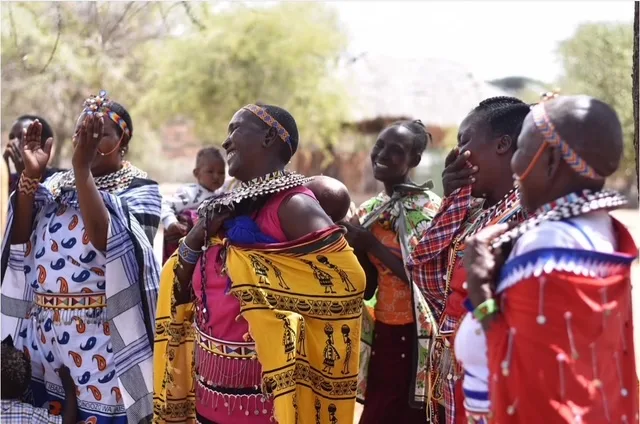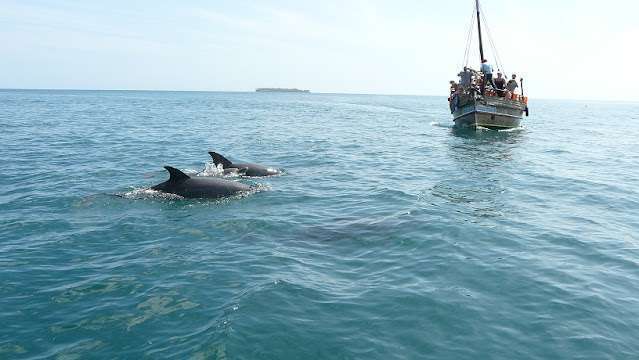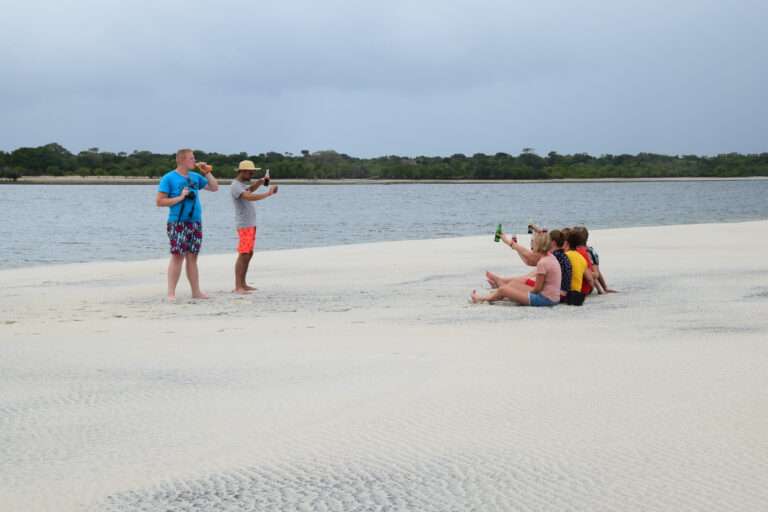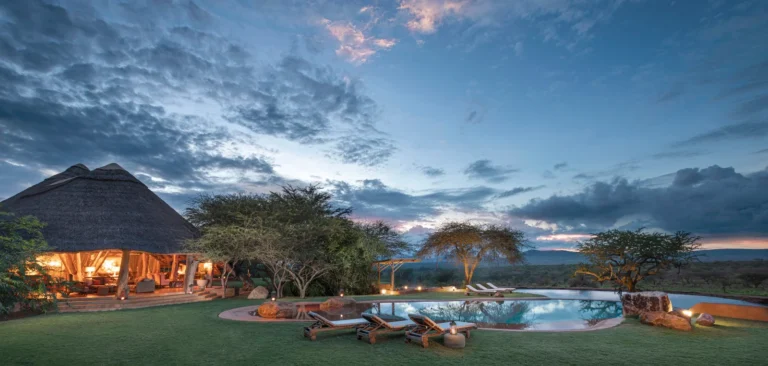- Home
- Destination
- Safaris
- Kenya
- 10 Days around Mount Kenya
- 7 Days Great Rift Bike Safari
- 7 Days Best of Birding Safari
- 7 Days Lake Turkana Safari
- 13 Days Kenya’s Historic Railway
- 14 Days Kenya’s Rift Valley Lakes
- 8 Days at the Beautiful Diani Beach
- 8 Days South Coast & Tsavo East
- 12 Days Photographic Safari
- 10 Days Beach Safari from Diani to Lamu
- 8 Days Kenya Horizon
- 12 Days Across Kenya
- 10 Days Flying Safari Amboseli and Northern Kenya
- Tanzania
- Uganda
- Rwanda
- Kenya
- About Us
- Travelling Tips
- Gallery
- Blog
- Home
- Destination
- Safaris
- Kenya
- 10 Days around Mount Kenya
- 7 Days Great Rift Bike Safari
- 7 Days Best of Birding Safari
- 7 Days Lake Turkana Safari
- 13 Days Kenya’s Historic Railway
- 14 Days Kenya’s Rift Valley Lakes
- 8 Days at the Beautiful Diani Beach
- 8 Days South Coast & Tsavo East
- 12 Days Photographic Safari
- 10 Days Beach Safari from Diani to Lamu
- 8 Days Kenya Horizon
- 12 Days Across Kenya
- 10 Days Flying Safari Amboseli and Northern Kenya
- Tanzania
- Uganda
- Rwanda
- Kenya
- About Us
- Travelling Tips
- Gallery
- Blog
Tsavo East National Park
HIGHLIGHT
Tsavo East is the only Kenyan park that permits night drives. It is a vast park and guests will often have to be patient during game viewing activities. Some of Tsavo East’s popular attractions are Mudanda Rock, Yatta Plateau and Lugard Falls.
Overview
How to get there
What to See & Do
Climate
Map
Overview
Background Information
Tsavo East National Park is situated on Kenya’s southern border with Tanzania, located about 200km south east of Nairobi. Combined with Tsavo East, this park forms one of the world’s largest game sanctuaries. The East and West parks are separated by the Mombasa/Nairobi road, and both work nicely on a circuit with Mombasa.
Tsavo West has a variety of landscapes, from swamps and natural springs to rocky peaks, extinct volcanic cones, to rolling plains and sharp reddish outcrops. Wildlife can be difficult to spot because of the dense scrubs. In May 1948, a month after its conception Tsavo National Park was divided into East and West for administrative purposes. At 21 812 square km, Tsavo National Park is the largest park in Kenya.
Named after the Tsavo River which flows from west to east, the park is considered one of the world’s biodiversity strongholds. It is the only Kenyan park that permits night drives and also allows off-road driving so one can see the wildlife close up.
How to get there
By air: The following airstrips can be used to get access to Tsavo West National Park: Kamboyo, Kilaguni, Tsavo Gate, Jipe, Kasigau, Finch Hottons, Ziwani, and Maktau.
By road: The main access routes are through Chyulu Gate from Amboseli and Mtito Andei Gate from Nairobi. Visitors from Mombasa also use Tsavo Gate near Manyani. Visitors from Taveta – Voi Road can access the park through Maktau, Ziwani and Jipe Gates.
What to See & Do
Tsavo West National Park offers a variety of wildlife and birdlife. More than 600 species of birds have been recorded. Animals to be spotted include the leopard, cheetah, buffalo, rhino, elephant, giraffe, zebra, duiker, waterbuck, lion, crocodile, mongoose, warthog, hyrax, dik dik and porcupine.
Another attraction is the Ngulia Rhino Sanctuary at the base of Ngulia Hills. The sanctuary is part of the Rhino Ark Programme, which protects Tsavo West’s precious population of black rhinos.
The Shetani flow, a black lava flow of 8km long, 1.6km wide and 5m deep, is the remains of volcanic eruptions. There is a cave located near the centre of the outflow, which is only a few metres long, but the exit is not accessible as it is too narrow. In the far south western corner of the park is Lake Jipe, which is fed by runoff from Mount Kilimanjaro and the northern Pare mountains. It is a wonderful attraction to visit.
Climate
Tsavo West National Park is just a few degrees south of the equator. The temperature remains the same throughout the year at 27-31°C (81-88°F) during the day and 22-24°C (72-75°F) during the night. Humidity is high from December through April. The rainfall defines the seasons. The long rainy season, or monsoon season, is from March to May. The shorter rains come in October through December.
Map
Example Trips
Book Your Safari
Browse our example trips and get in contact to start planning your very own adventure.
Our Stories
© 2025 Copyright Adventure Expeditions













